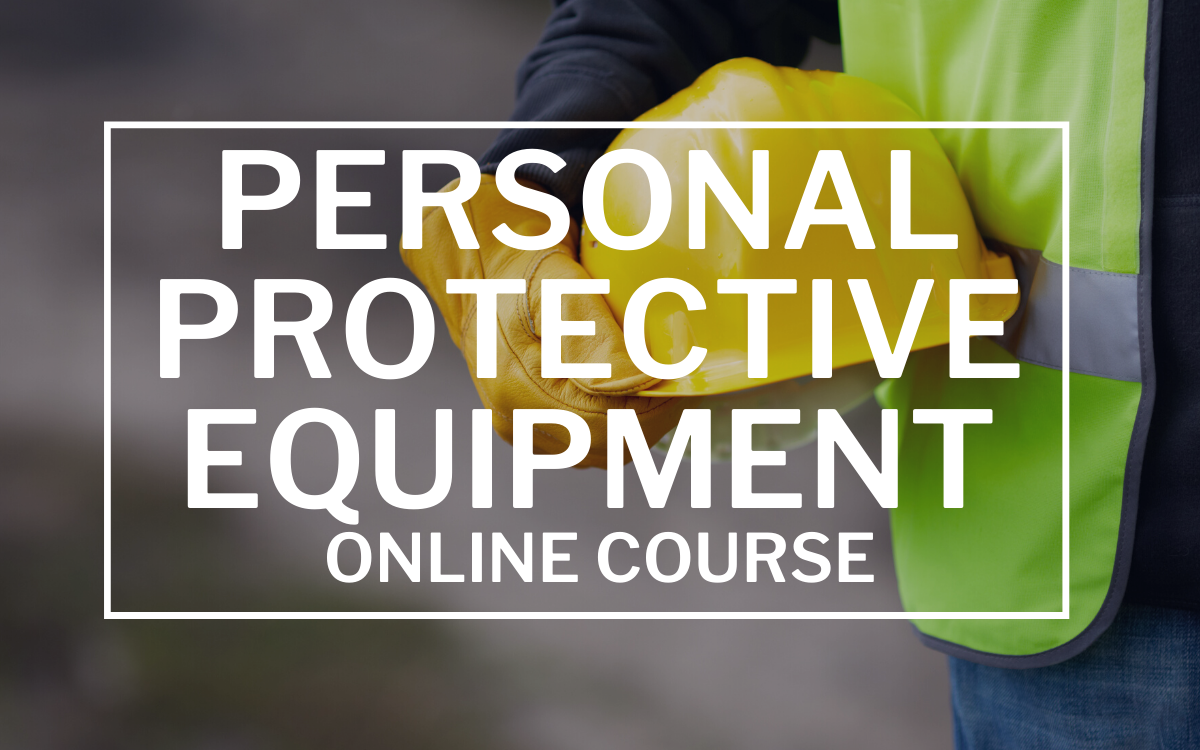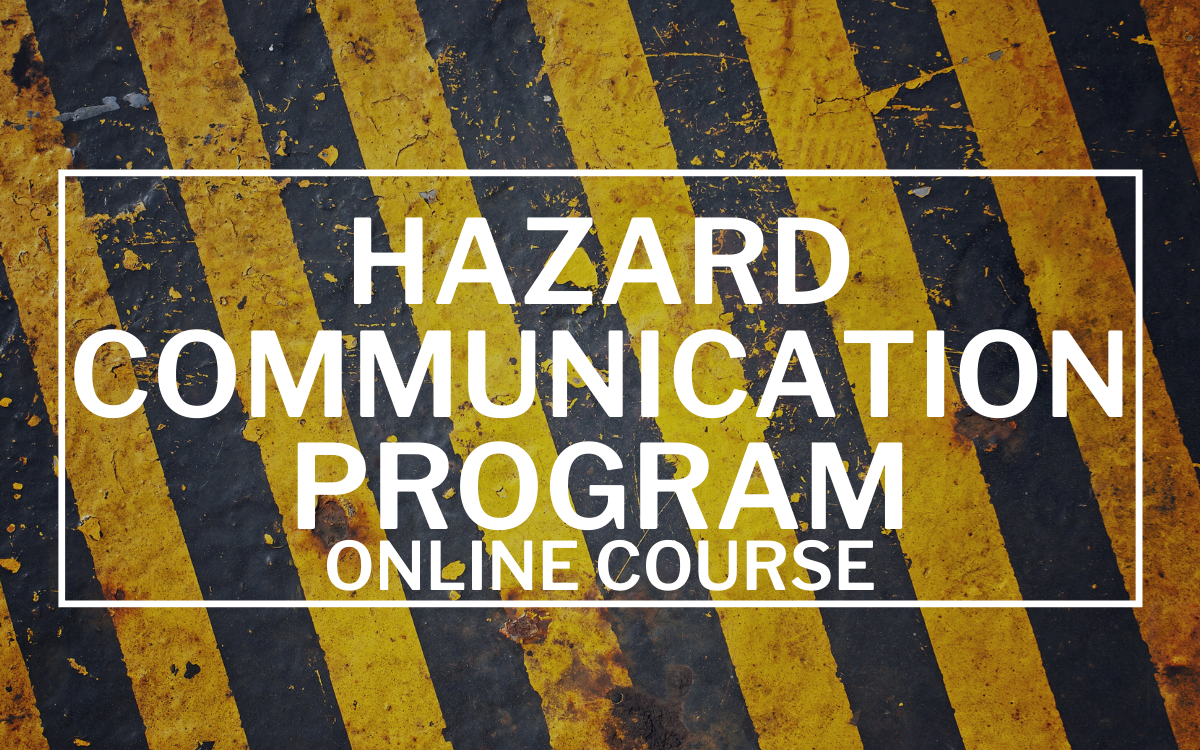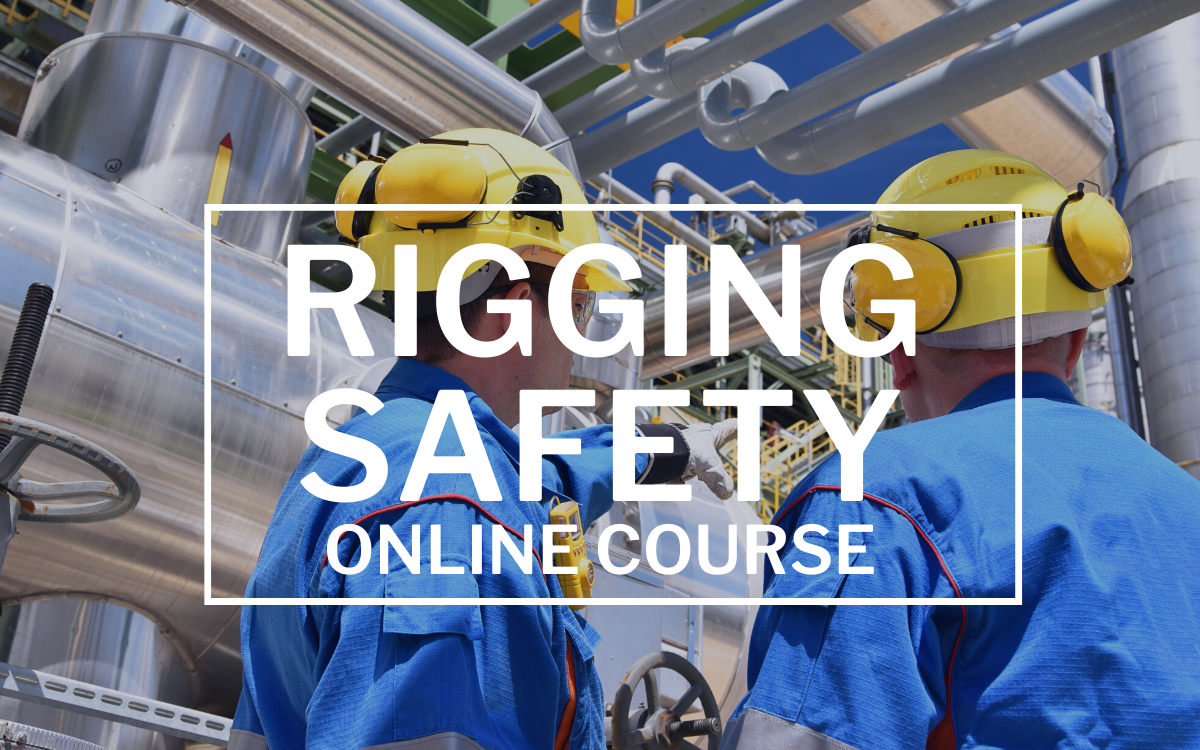Lockout/Tagout
Course Outline
Offered in partnership with HSI
20 Minutes in Length
English/Spanish Available
What is Lockout/Tagout
Hazards and Controls
The Lockout/Tagout Procedure
Learning Objectives
Recognize the purpose of lock and tag procedures
Identify the responsibilities of authorized, affected, and other employees during lockout/tagout procedures
Identify sources of energy hazards and consequences of improper control
Recall employer responsibilities and requirements for lock and tag
Recognize different types of lock and tag devices
Identify procedural steps for lock and tag
Recognize when lockout/tagout is occurring, and the role of an affected worker in keeping the procedure safe
Course Overview
To protect you from the serious hazards posed by the unexpected start-up or operation of equipment during repair or maintenance, the Occupational Safety & Health Administration (OSHA) has established a Control of Hazardous Energy standard. It is commonly referred to as the lockout/tagout (LOTO), or energy isolation standard. This standard requires the application of markings and barriers that prevent unauthorized persons from energizing and operating equipment.
Energy in any form becomes hazardous when it builds to a certain level or is released inadvertently or unexpectedly. Lockout/tagout refers to specific practices and procedures that safeguard employees from the unexpected startup of machinery and equipment, or the release of hazardous energy, during service or maintenance activities.
Purpose of Locks and Tags
In addition to ensuring that a machine has been isolated or disconnected from its power source, lock and tag procedures establish safe boundaries to protect workers. Locks and tags serve different purposes, however, and should be used accordingly.
By themselves, tags cannot sufficiently prevent an individual from starting a piece of equipment while another individual is servicing it. Because of this, tags should only act as temporary warnings until the hazardous equipment can be properly locked.
Tags must be securely attached, legible and understandable. They must be made of materials that can withstand the environmental conditions they may encounter, such as rain or snow, and they must bear the name of the authorized person placing the tag on the equipment. If possible, tags should be fastened to the same point as the lock. If not possible, the tag must be near the lock and immediately obvious.
Locks serve as barriers to keep equipment from starting up and injuring someone who may be working on that piece of machinery. They must hold the energy isolating devices in a “safe” or “off” position. Locks used for isolating energy sources are required to be dedicated, marked, and not used for any other purpose. Locks should be inspected to ensure they are standardized and durable.
Each lock must be keyed differently so no more than one person’s key will open it. Locks and tags must never be ignored or removed by anyone other than the individual who placed them.
When it is not possible to lock a de-energized energy source, only a tag may be used, but only if there is another way to ensure that no one can accidentally energize the system. The identity of the person who placed the tag must be described on the tag. This usually includes the person’s name and contact information, such as a phone number.
Tags associated with lockout/tagout activities are red, to communicate ‘danger’. They may have different warnings printed on them, such as ‘Do Not Operate’, ‘Do Not Start’, ‘Do Not Open’, ‘Do Not Close’, or ‘Do Not Energize’. Both locks and tags must be constructed to withstand the environment in which they are used
Lock and Tag Training
OSHA requires that employers train workers so they understand the purpose and function of an energy control program and its lockout and tagout procedures.
Authorized employees are those who receive training in recognition of applicable hazardous energy sources, type and magnitude of the energy available, and methods and means for energy isolation and control. They must receive annual training in the control of hazardous energy, and must be retrained when there is a change in job assignments, machines, or energy control procedures.
Authorized employees are the only employees allowed to apply locks or tags and perform work on isolated equipment. Prior to starting work, the authorized employee must verify that the equipment is isolated and de-energized. Additionally, they are required to perform annual inspections to ensure energy control procedures are being followed.
An affected employee is someone who, during normal operations, uses a machine or equipment on which servicing or maintenance will be performed under a lockout/tagout action, or works in an area in which such servicing or maintenance is being performed.
All others include anyone whose work operations require them to access but not operate machinery in an area where energy control procedures may be utilized. “Others” may include other employees, visitors, or contractors who are working in the area.
Before a contractor performs a lockout/tagout, a process must be in place to ensure their safety and the safety of internal employees.
Lock and tag procedures are vital to the health and safety of workers. Employers should be sure to follow OSHA’s standard for the Control of Hazardous Energy to protect their employees from harm.
Worker Responsibility Regarding Locks and Tags
Always be aware of and follow lockout/tagout procedures.
Never attempt to remove a lock or tag or operate a piece of equipment that is locked or tagged.
Never attempt to restart, or restore energy to, a machine, circuit, or any equipment that is locked or tagged.
Never attempt to bypass equipment that is locked or tagged.
Affected workers may, as part of their normal procedures, unjam or cleaning a machine with the proper safeguards in place. But when an activity requires bypassing a machine guard, reaching into a machine, or placing part of their body near a point of operation, an authorized worker must first lock out the machine and then perform that task. Remember: when a machine is not locked out, there is always the risk of an accidental startup.




















